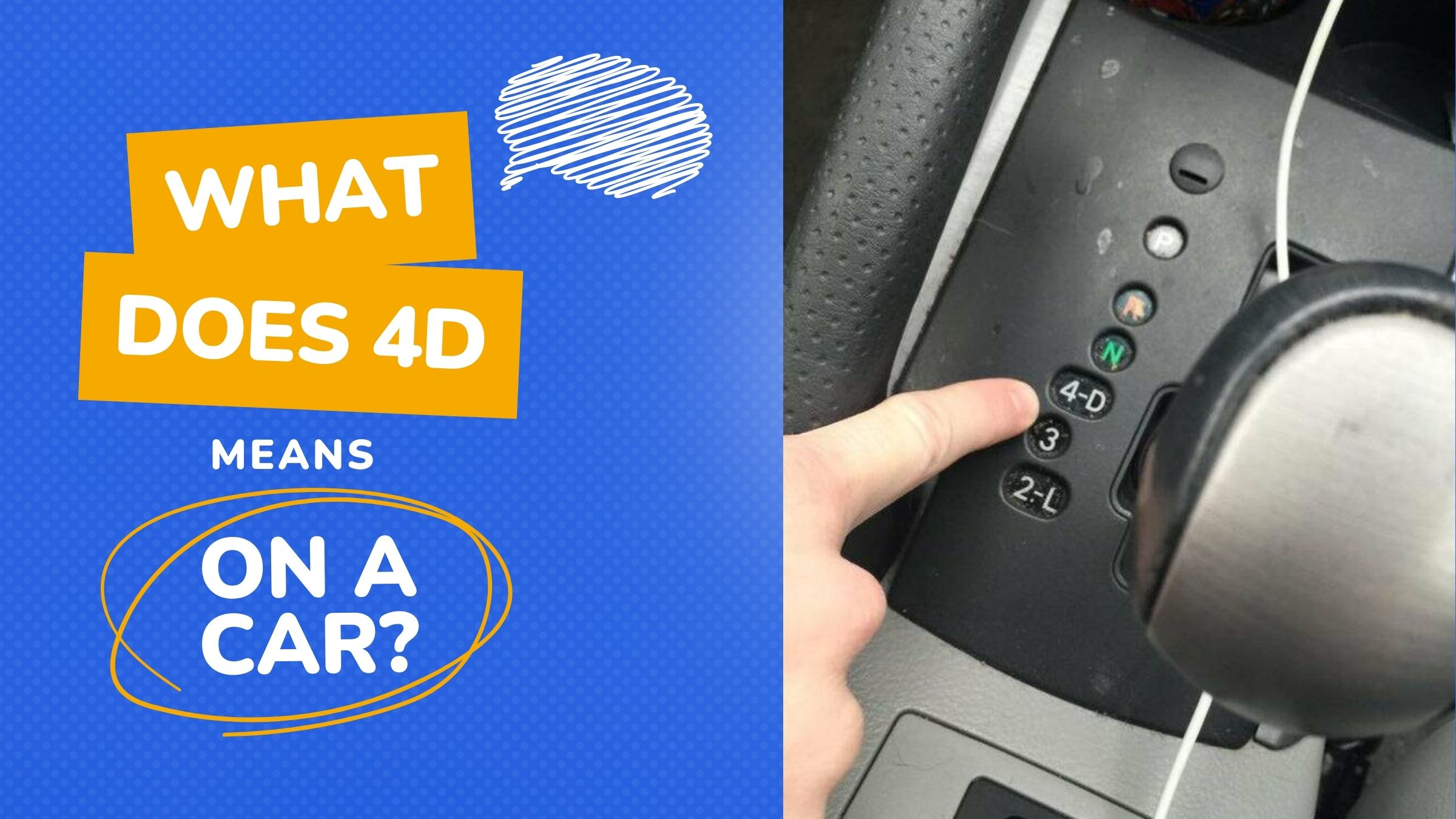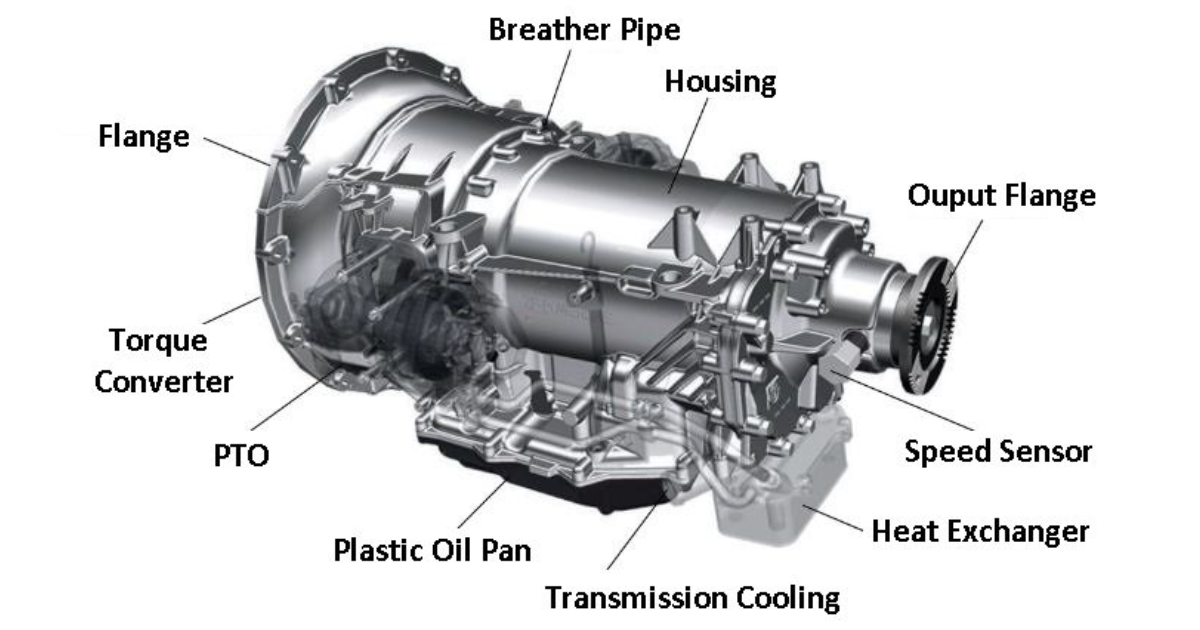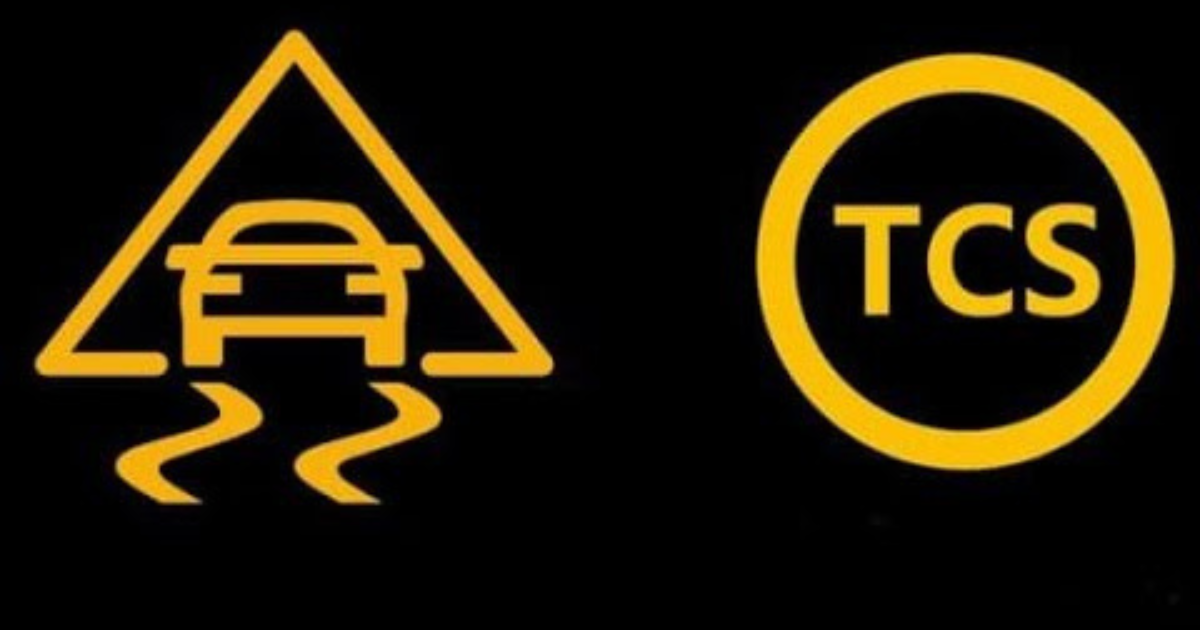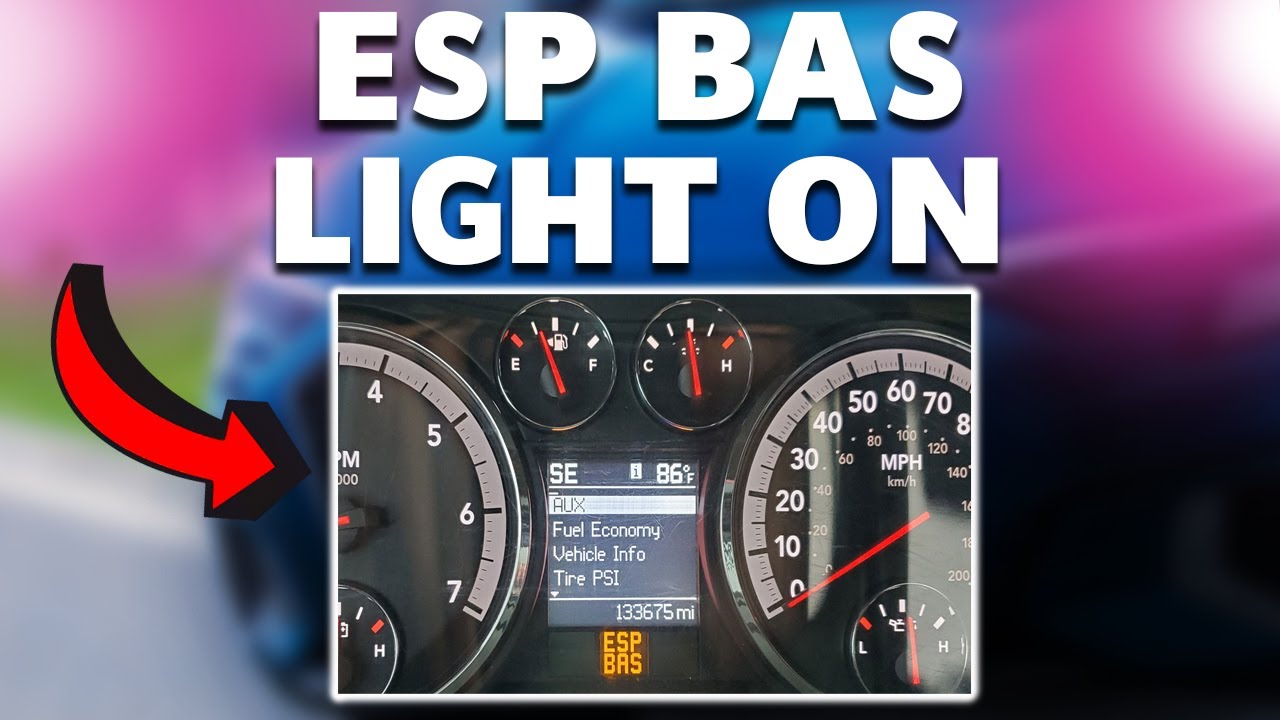Inexperienced drivers may not get the most out of their vehicles’ capabilities since they don’t know how to use all of the options. Drive (D), Neutral (N), Park (P), and Reverse (R) are the four most often used gears in the average car. This is the extent to which the majority of motorists are familiar with their vehicle’s gear system.
“What does D3 mean in a car?” is a natural question to ask if you’ve been thinking about the other parts of the gear system. If you’re confused about how it works in your car, the data given below might help.
In a car, what does D3 stand for?
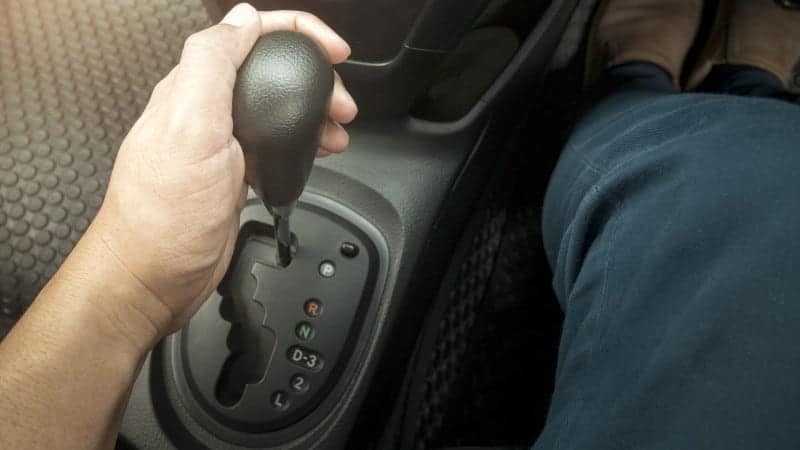
Probably true, in all the time you’ve been behind the wheel, you’ve never used the D3 mode. Having said that, there are others who may have mastered the concept and no longer feel the need to inquire, “What is D3 in a car?”
When you’re behind the wheel, you can use the first three gears (gears 1, 2, and 3) by shifting into D3.
This makes for the best possible driving experience when zipping around town, particularly in congested areas where you can’t help but stop and go. Because it can induce engine braking, which is essential for driving uphill or downhill, it also guarantees the finest experience.
If your automobile’s D gear stops moving automatically due to a broken electronic or mechanical part, you can still drive the car by using D2 and D3. Just like a car with a manual transmission, it would make driving a breeze.
But in other vehicles, the gear handle may display the (+) and (-) symbols instead of D1 and D2. Like D1 and D2, this function allows you to change gears by just pressing the (+) symbol up and the (-) symbol down.
When you’re attempting to pass another vehicle at a low speed, D3 will aid your vehicle rev up. If you want to be able to pass other vehicles with ease, it will help you increase the power of your engine. In order to have fun on the road and keep your car running smoothly without any unanticipated breakdowns, it’s important to know which gear to use in each circumstance.
Since you might not immediately notice the differences between the gear positions when you engage them, each one serves a unique purpose. In the same way that D3 is noticeably quicker than D2 and D1, D4 provides an additional layer of functionality for your driving experience. It improves your vehicle’s acceleration in situations where D3 is subpar. This data is appropriate if you are also inquiring about the meaning of “D3” in a Honda CRV.
Knowing when to effectively activate D3 and D4 requires an understanding of their differences and how they provide satisfaction in various contexts. Since they provide maximum driving pleasure at varying degrees and in different conditions, it would benefit you as a driver to learn their distinctions. Keep in mind that regardless of the gear you’re using, you should always check the transmission fluid.
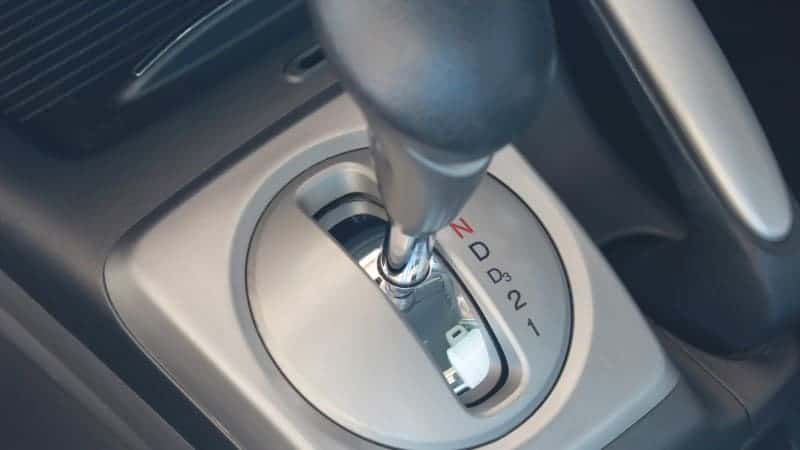
Conclusion
After reading this post, you can be certain that your driving experience will be improved. This means that the question “What does D3 mean in a car?” might no longer be relevant. You should study up on how to engage it and the other gear positions as instructed in this article; it will help.
Whether a learner will be operating a vehicle with a manual or automatic transmission, this information should be conveyed to them. Also, knowing how each gear works will help you keep your automobile going for a long time without having to worry about changing broken parts when you least expect it.


